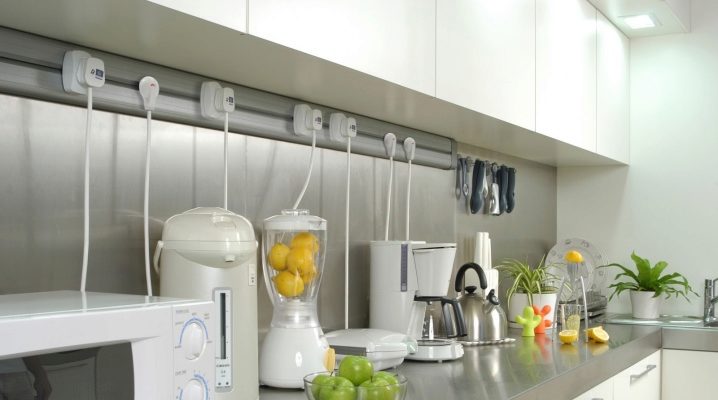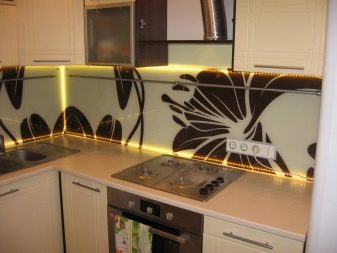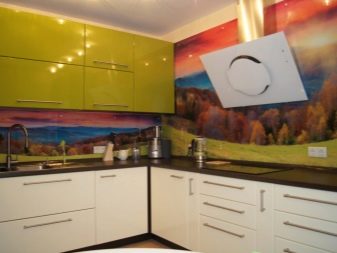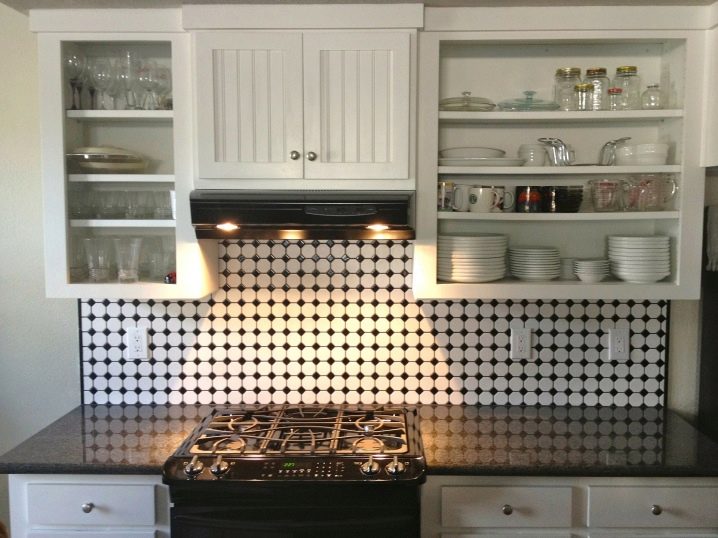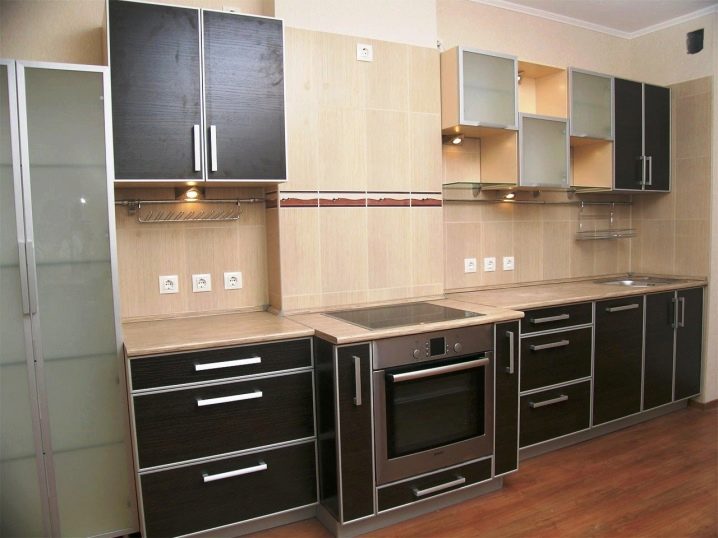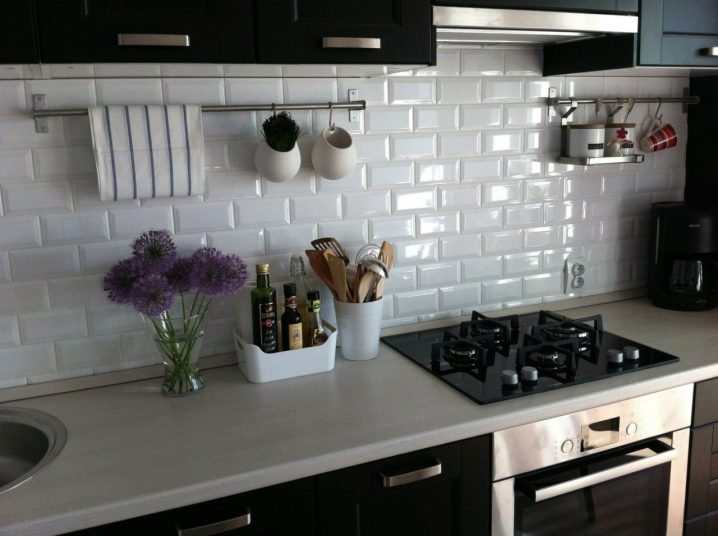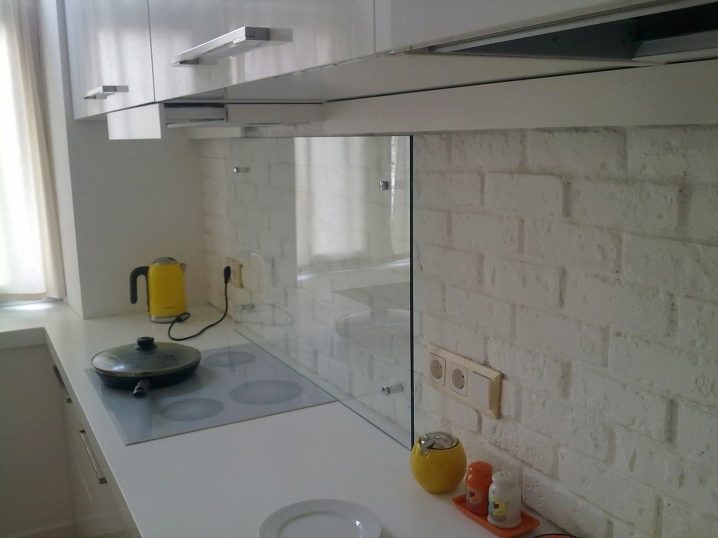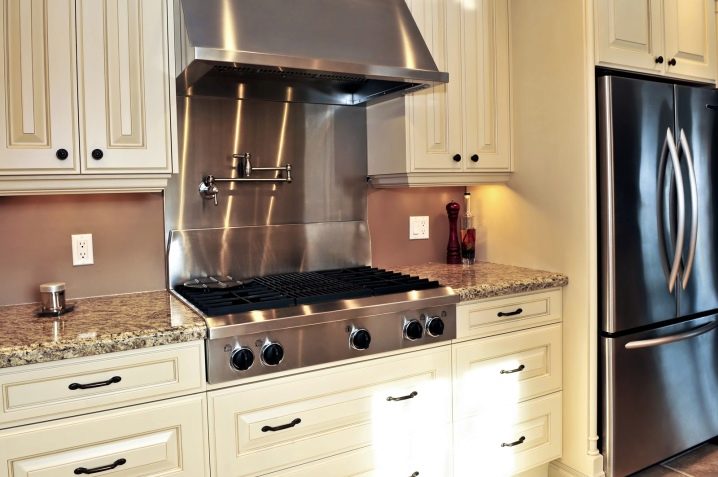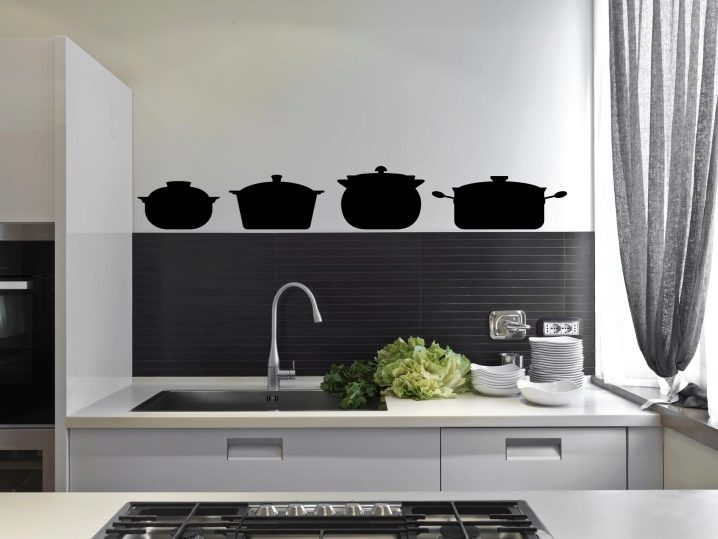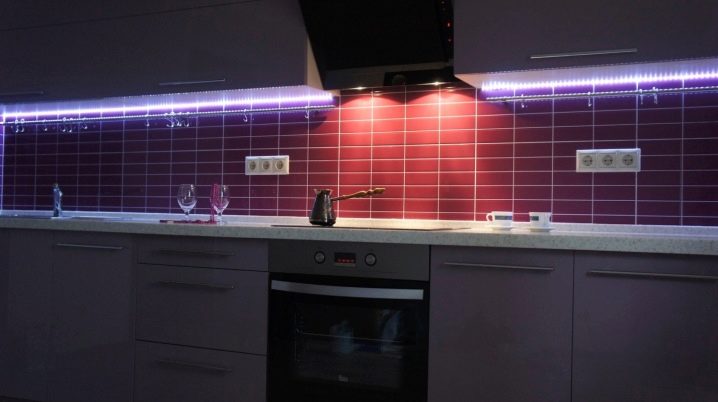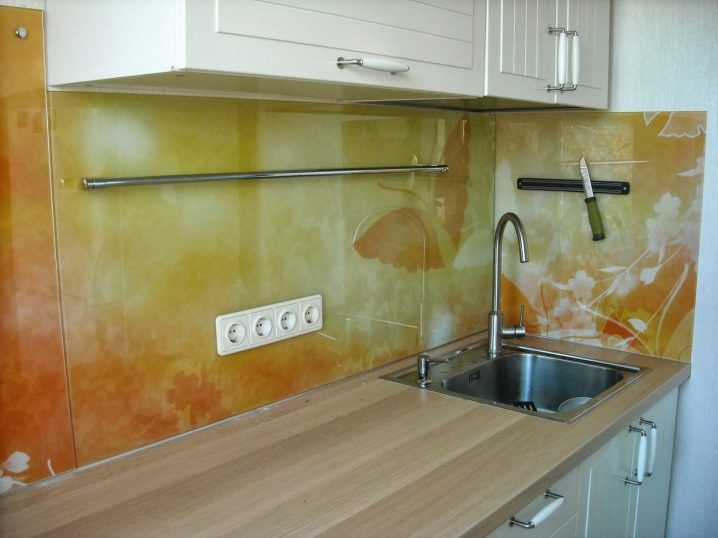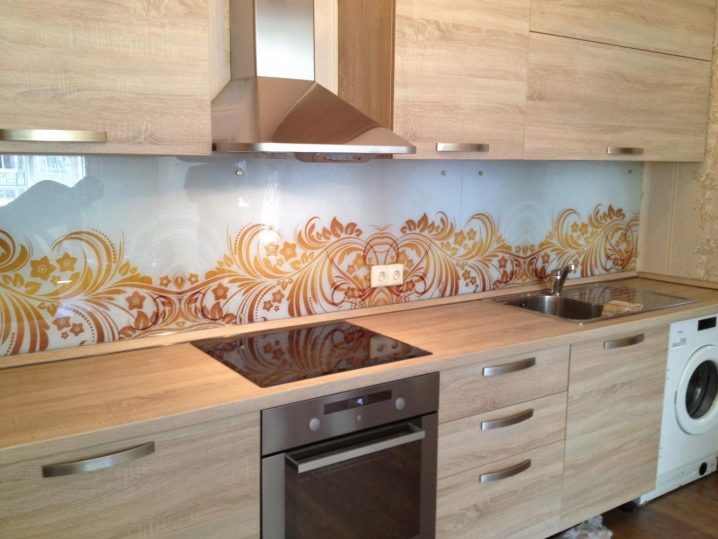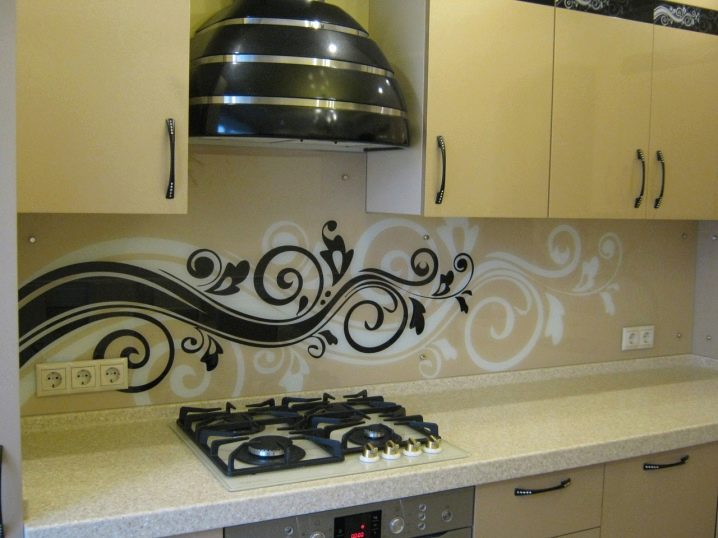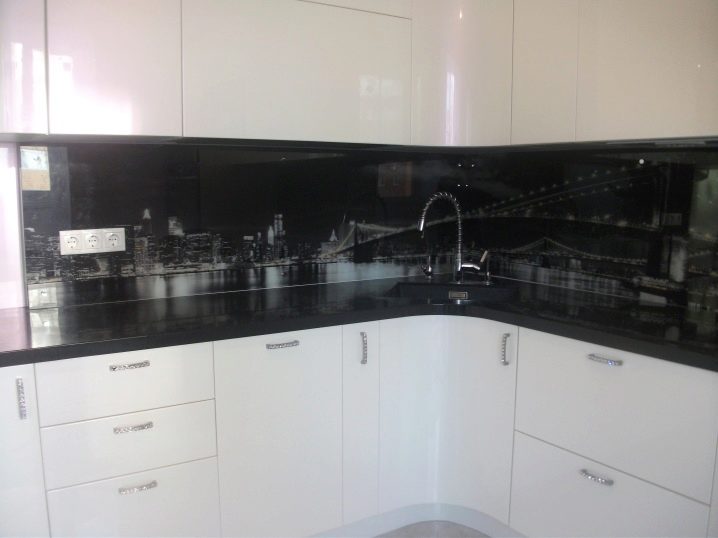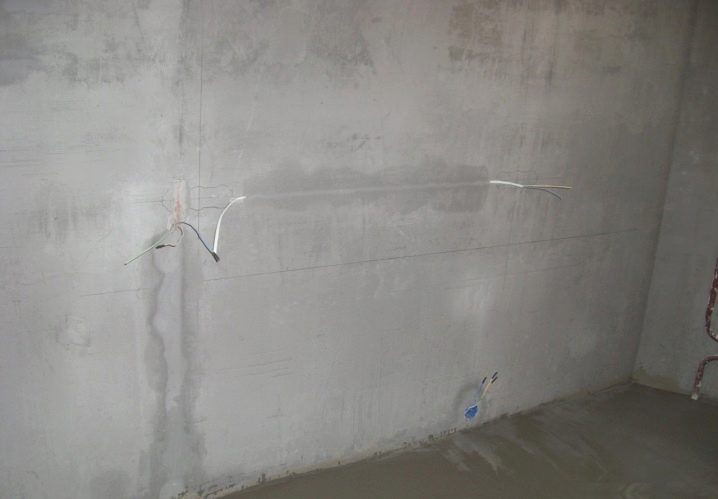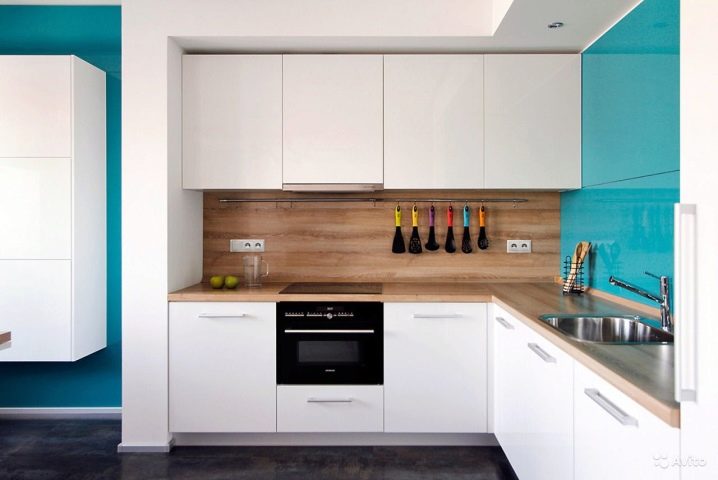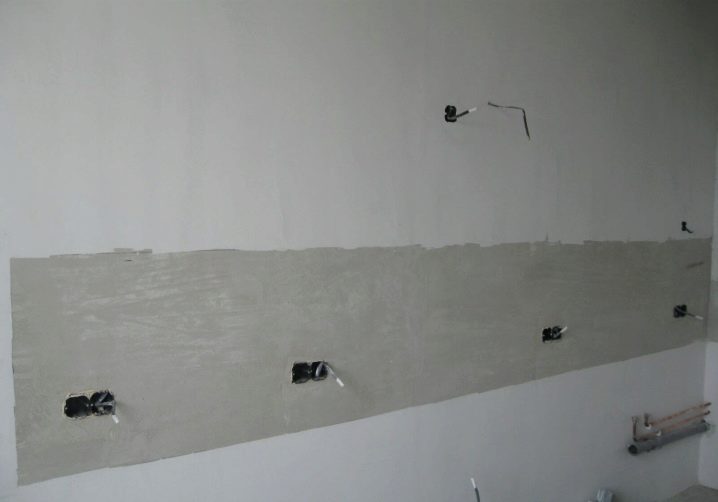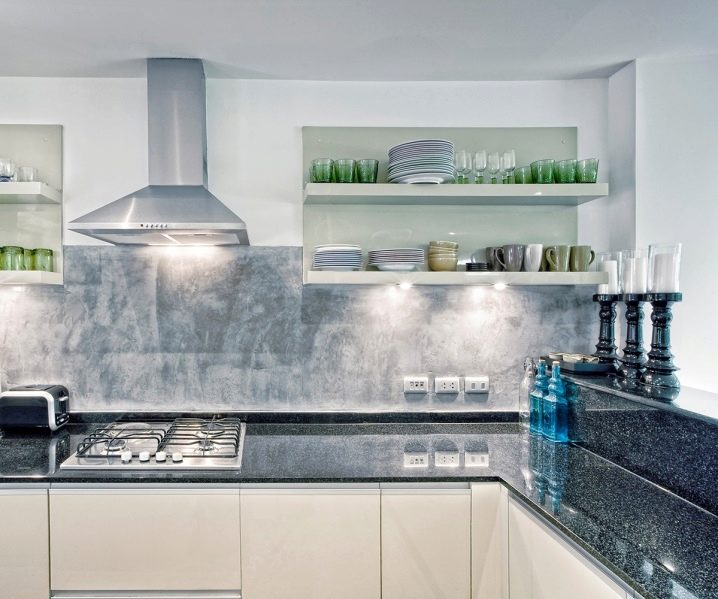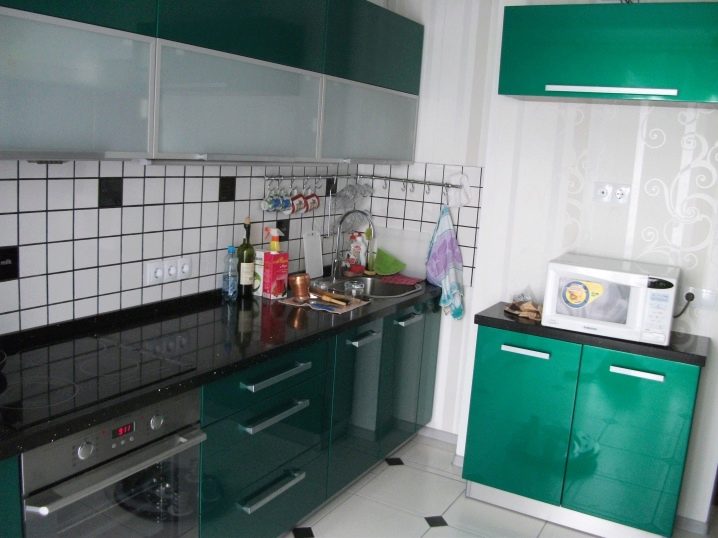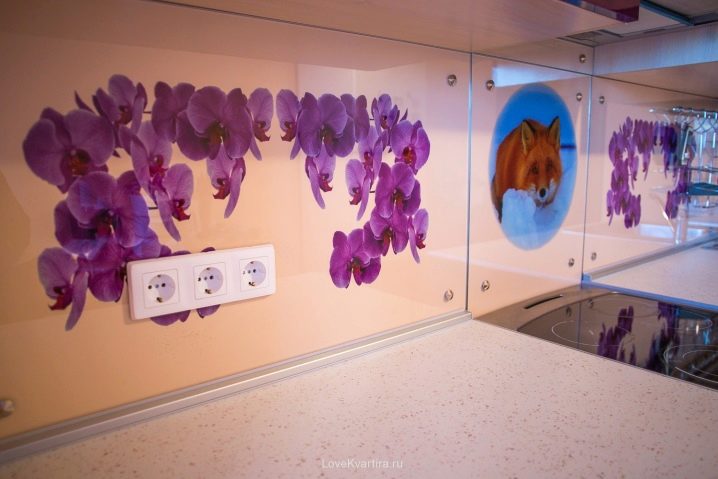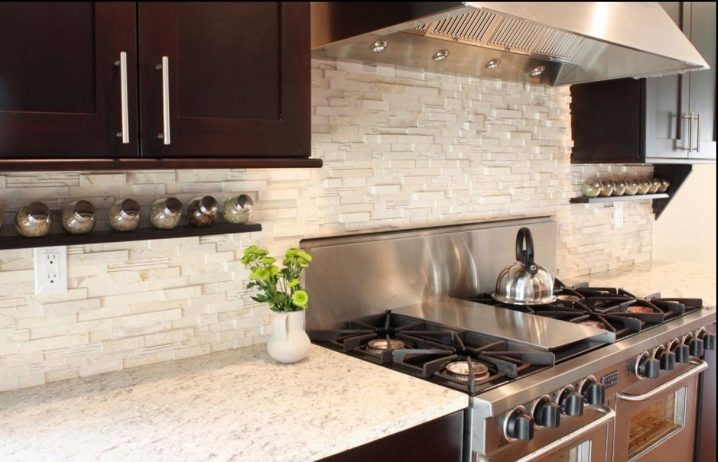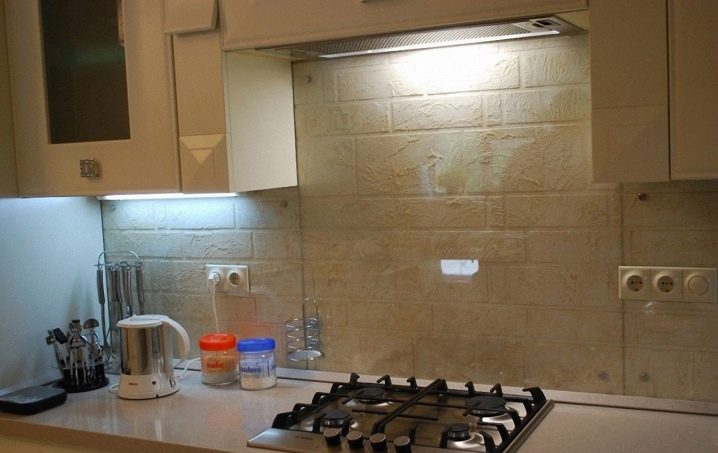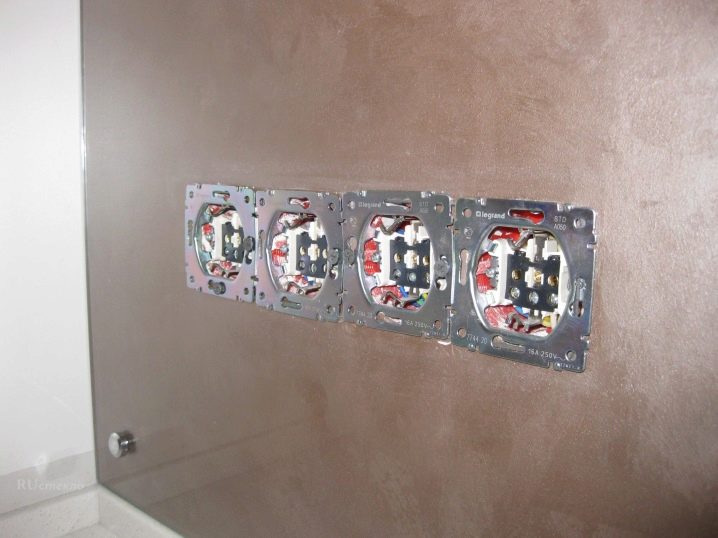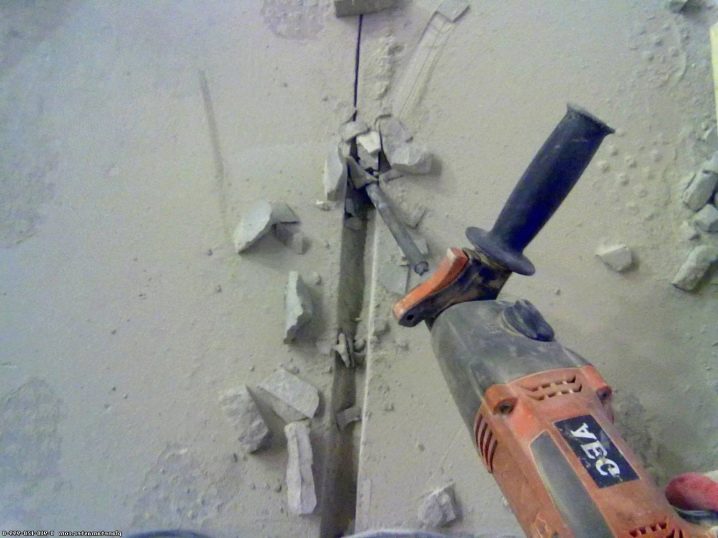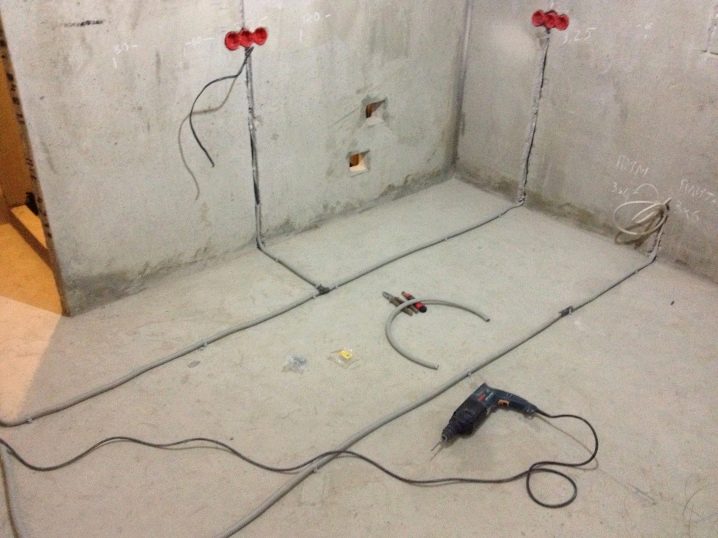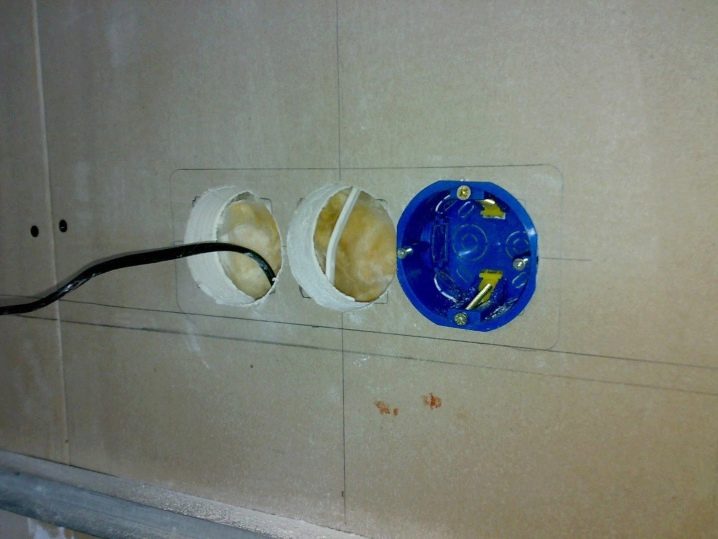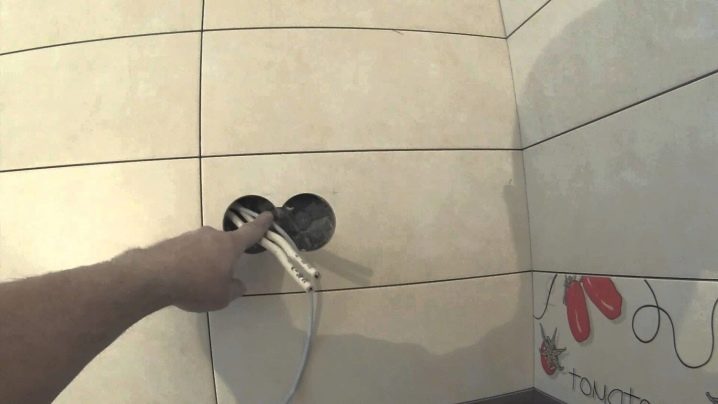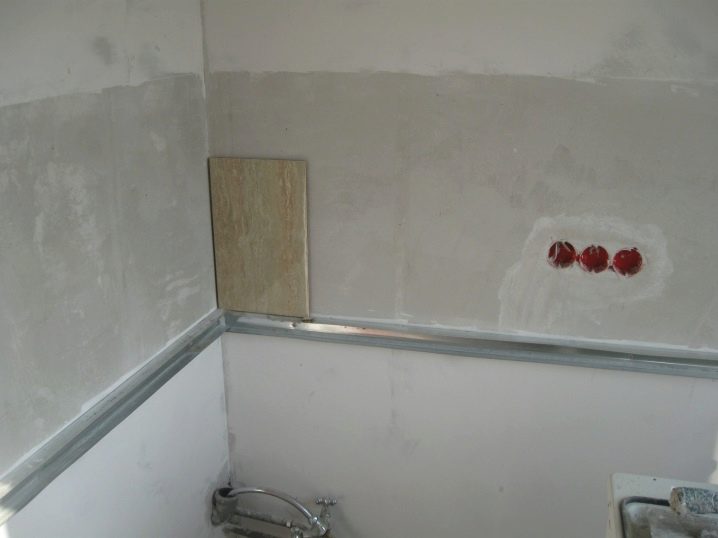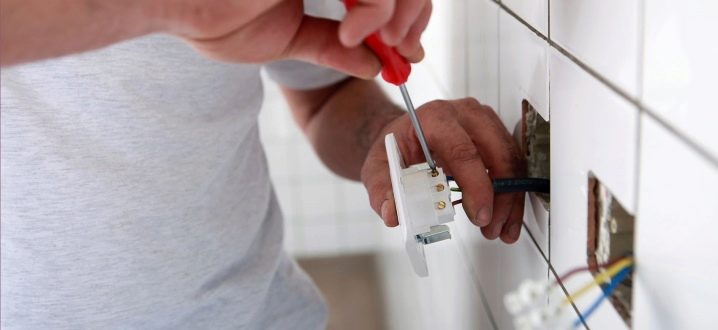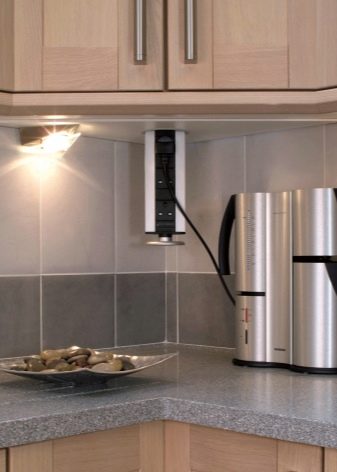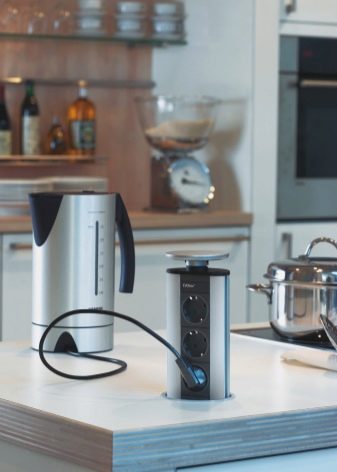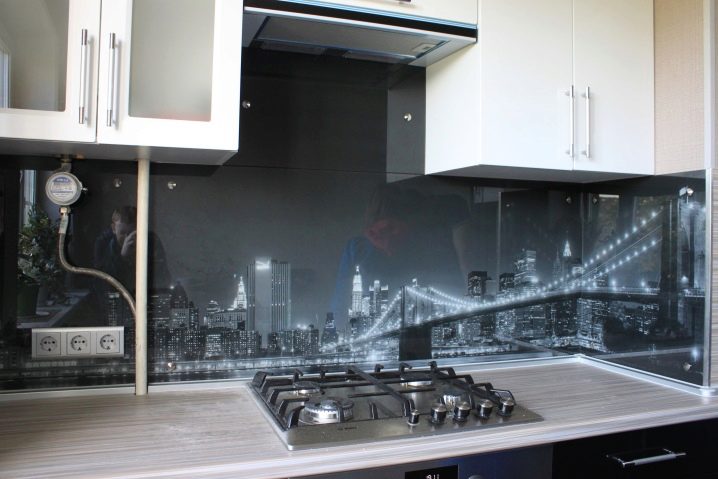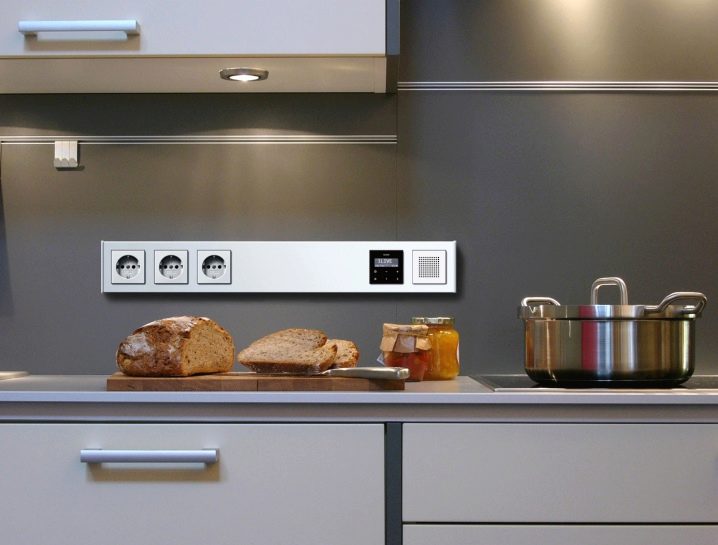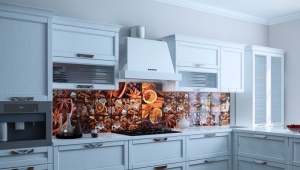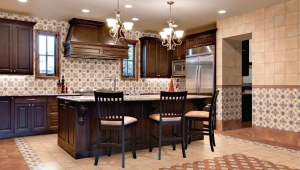Outlets on the kitchen apron
Today, the kitchen - this is the room where not only cook food. Here, family members gather for lunch and quite often receive guests. Therefore, in the kitchen, a variety of household appliances are needed that simplify and even decorate our lives.
The kitchen apron is a zone above a working surface. It is very functional: not only covers the wall from splashes, but also because it is on it that there are sockets for electrical appliances used to prepare various dishes: multicookers, electric hobs, a mixer, meat grinders, etc.
But before you install sockets on the kitchen apron, you need to determine their number, and this depends on how many appliances you have planned to have in the future. Therefore, first of all, you need to make a project of your kitchen, where their number and location will be described in detail. But when installing sockets, you should also consider the visual placement, namely, at what height you would be best to use them.
Quantity determination
The question of how many power points there should be is very simple.After all, you always know how many appliances will be approximately in your kitchen. To their number you need to add a few more auxiliary sockets. You should also consider the following nuances:
- for high-power appliances that require constant power, you need to make separate sockets;
- separately need to install them for fume hood;
- for other kitchen appliances you need about 3-4 pieces.
When installing sockets you need to follow certain rules. What are they?
How to install
- Kitchen sockets on the countertops are installed at a height of approximately 10 cm.
- The cable that goes from the home appliance to the outlet should not exceed 150cm.
- The outlet under the hood is installed at a height of approximately 50-60mm from kitchen cabinets.
- For small household appliances, installation should be made at a height of about 1 - 1.4 m from the floor level.
- For lighting, the height of the sockets should be 2000mm from the floor and 1100mm from the working surface.
- But it should be remembered that over the working area, experts recommend connecting at least three outlets in parallel. It is best to "throw" a new three-core copper wire - for European-type devices.
Errors
In the installation of this kind of devices inexperienced masters can make a number of mistakes:
- No need to place the outlet for the hood in the area of its location.
- It is not necessary to consider the size of the plinth behind the working surface.
- If the kitchen apron is made of plastic material, the installation should be done after its installation.
- On the apron, be sure to smash the wall.
- Place the outlet as far as possible from the sink to prevent water from entering it - this can lead to a short circuit.
- Installation should be carried out before installing the kitchen unit.
- Wiring must be with a valid cross section.
- From the above we can conclude that when installing sockets should be very careful, take into account even the most minor nuances and details. The cost of the error is very high!
- Once you have made a plan for the placement of devices, you can begin to implement it.
Preparing to install
To visually mark where the devices will be located, you need to mark their location with a pencil. When installing them, great importance is attached to the material from which the kitchen apron is made. If you have, for example, tiled or plywood,it is quite enough to be very careful to make a hole in it for installation.
Difficulties may arise when you have a glass coating. Then you need to know in advance all the measurements and calculations, make all the markings and give them to the manufacturer of such an apron who can make holes in advance according to your home appliances layout plan.
You should be aware that the installation of hidden power sources is not provided on kitchen surfaces.
This means that their connection is carefully wound with each other, then isolated and well fixed to prevent overheating. Also in different directions you need to dissolve the wires of the phase and zero.
After performing all these manipulations proceed to the installation.
Installation process
Before installing the sockets on the apron, that is, above the working area of the kitchen, you need to make sure that you have everything for this. You will need: perforator, groove chisel and crown, inner boxes, screws, distributor box, dowels, three-core cable and 16 Amp double sockets. At the same time, it must be remembered that they should be installed at a level at which small children cannot reach them.Overhead mounts need to be done so that the rest of the communications in the house are not affected.
Once the layout of the outlets has been made, we begin their installation into the wall:
- Punch need to increase the size of the recess. If a new outlet was in place, it was old, turn off the power supply and dismantle it.
- Put the distribution box.
- A perforator drills holes for electrical boxes.
- Make in the concrete structure strokes.
- Wiring must be placed in the grooves and secure. This will help wire sheath.
- Wiring is placed in special boxes.
- Monochrome wires need to be connected only to one side of the future outlet, on the other side they are connected with three express terminals. As a result, each terminal should have 5 identical wires from the sockets and one wire of a certain color, which must be brought to the junction box.
- Make a sand-cement mixture, which cover up the grooves for the wiring.
- Check the correctness of the connection and, if everything is correct, you need to fix the outlet.
Today, very often, use the so-called retractable outlets. They are located inside the apron of MDF.Therefore, there are no wires on the surface. Such a product can be rotated in any direction. But this is most likely just beautiful than practical. When installing, remember:
- the cable must be connected to the network without fail;
- constant access to outlet accessories so that when it breaks, it can be replaced;
- There should be a lot of space under the surface, and this eliminates the presence of cabinets and cabinets.
You should also take into account the fact that if you have a decorative kitchen apron, then you should not put the socket on the picture or ornament, so as not to spoil its appearance.
Take into account all these criteria, and then your repair will not bring you a lot of worries.
